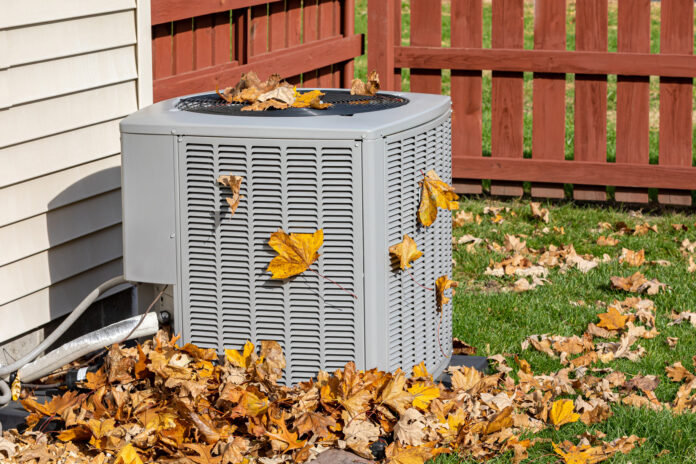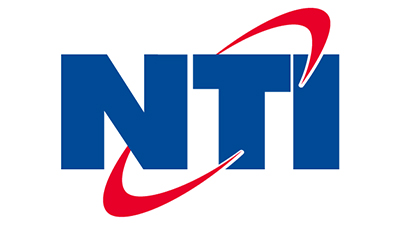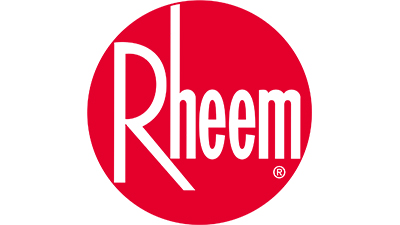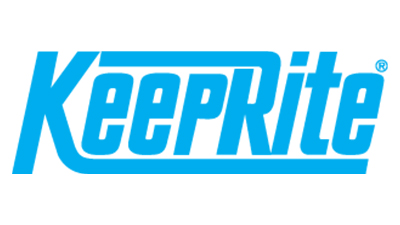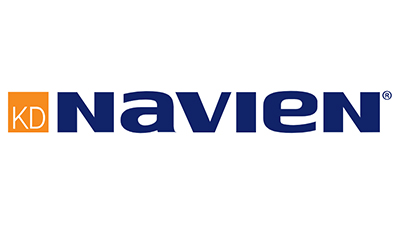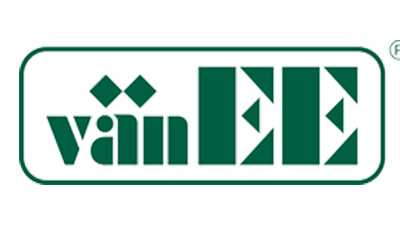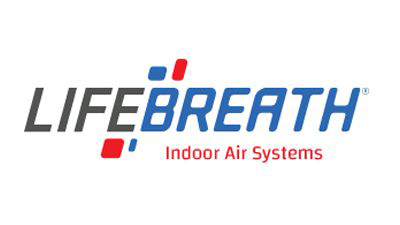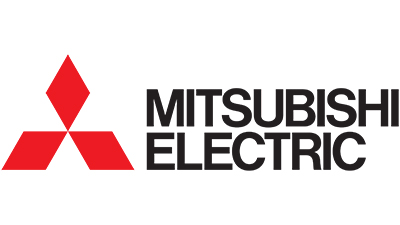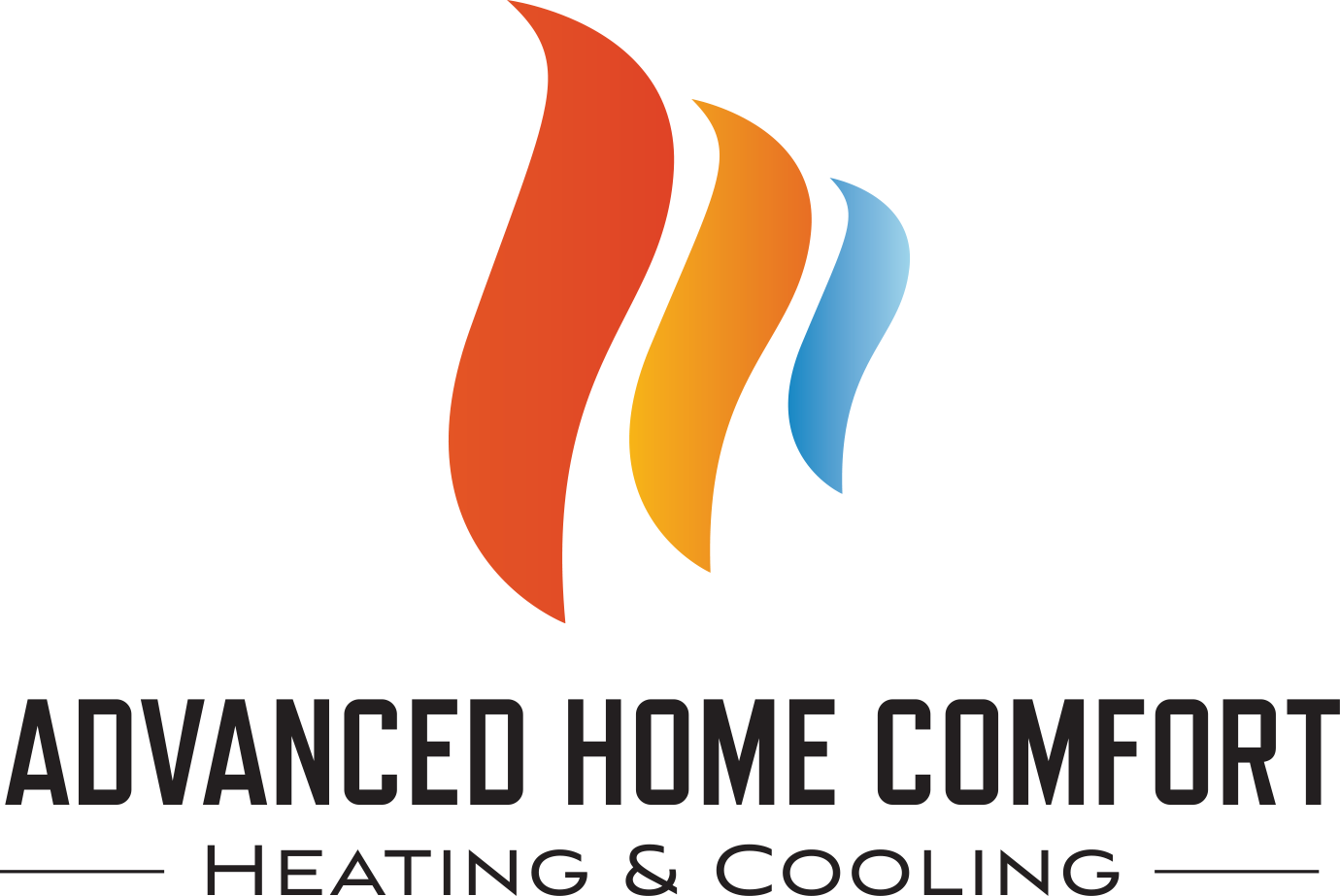As the days grow shorter and the temperatures start to dip, it’s time to shift your focus from cooling your home to keeping it warm and cozy. Preparing your HVAC (Heating, Ventilation, and Air Conditioning) system for fall is a crucial step to ensure your home remains comfortable and energy-efficient during the colder months. Here are some essential tips to get your HVAC system ready for fall.
- Change the Air Filters: Dirty air filters can impede airflow and reduce the efficiency of your HVAC system. Start the season with clean air filters and check them regularly. Replace them as needed to maintain optimal airflow and indoor air quality.
- Schedule Professional Maintenance: Consider scheduling a professional HVAC maintenance check before the heating season begins. A qualified technician can inspect, clean, and tune up your system, ensuring it operates efficiently and identifying any potential issues.
- Check the Thermostat: Test your thermostat to make sure it’s functioning correctly. If you have a programmable thermostat, adjust the settings for the fall season to optimize comfort and energy savings.
- Clean Air Ducts: Over time, dust and debris can accumulate in your air ducts. Have them cleaned to prevent these particles from being distributed throughout your home. Clean ducts promote better indoor air quality and system efficiency.
- Inspect and Seal Air Leaks: Check for drafts around windows, doors, and other openings. Seal any gaps with weatherstripping or caulk to prevent warm air from escaping and cold air from entering your home.
- Test Carbon Monoxide Detectors: Safety should be a top priority. Ensure your carbon monoxide detectors are working correctly. Replace the batteries if necessary and consider upgrading to newer models for added security.
- Clean Vents and Registers: Vacuum and clean the vents and registers throughout your home. Dust and debris can accumulate on these surfaces, hindering airflow and reducing heating efficiency.
- Inspect the Heat Exchanger: If you have a gas furnace, have a professional inspect the heat exchanger for any cracks or damage. A damaged heat exchanger can pose safety risks, and it’s important to address any issues promptly.
- Check Insulation: Inspect your home’s insulation, paying particular attention to the attic. Adequate insulation helps maintain indoor warmth and reduce heating costs. If you find areas with insufficient insulation, consider adding more.
- Consider a Programmable Thermostat: If you don’t already have one, a programmable thermostat can help you maintain an efficient temperature schedule that matches your daily routine.
- Prepare Your Outdoor Unit: If you have an outdoor AC unit, consider covering it to protect it from falling leaves and debris. Also, trim any branches or shrubs that may have grown too close to the unit.
- Stock Up on Heating Fuel: If you use a heating system that requires fuel, such as oil or propane, make sure you have an adequate supply for the upcoming season. Consider signing up for an automatic delivery service to ensure a constant supply.
By following these steps, you can ensure that your HVAC system is well-prepared for the fall season, providing reliable and efficient heating. Regular maintenance and proactive measures can help you avoid unexpected breakdowns and maintain a comfortable indoor environment throughout the colder months.

